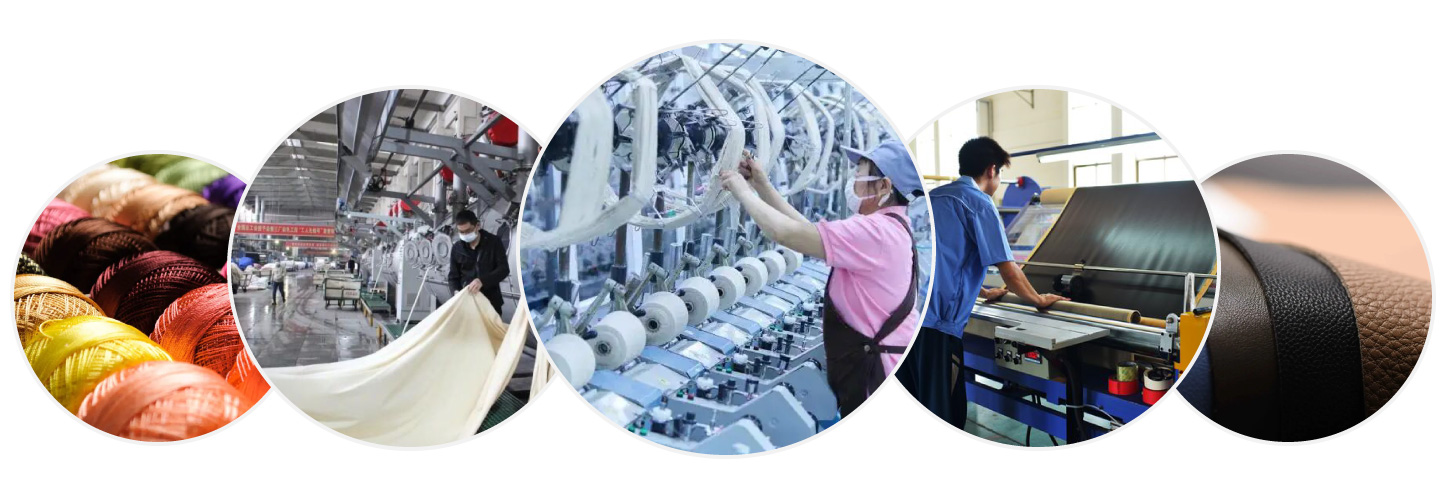Innovations in Tanning Chemicals Transforming the Textile Leather Industry
 Dec 18, 2023|
Dec 18, 2023| View:187|
View:187|The textile leather industry has witnessed remarkable advancements with the introduction of cutting-edge tanning chemicals. These innovative solutions are revolutionizing the tanning process, enhancing the quality, durability, and sustainability of leather production. Let's explore how these chemicals are reshaping the textile leather industry.

1. Enhanced Leather Quality:
The use of advanced tanning chemicals has significantly improved the quality of textile leather. These chemicals facilitate better penetration and absorption of tanning agents, resulting in softer, more supple, and uniform leather. The enhanced quality meets the high standards and demands of industries such as fashion, upholstery, and automotive.
2. Increased Durability and Longevity:
Tanning chemicals play a crucial role in increasing the durability and longevity of textile leather. They enhance the leather's resistance to wear, tear, and environmental factors, making it more resilient and long-lasting. This durability ensures that leather products maintain their beauty and functionality over an extended period.
3. Sustainable and Eco-Friendly Practices:
In recent years, the textile leather industry has placed a strong emphasis on sustainability. Tanning chemicals have evolved to align with eco-friendly practices. Manufacturers are now utilizing safer and less toxic chemicals, reducing the environmental impact of the tanning process. These sustainable practices contribute to a greener and more responsible leather industry.
4. Color and Finish Customization:
Tanning chemicals offer a wide range of options for color and finish customization in textile leather production. Manufacturers can achieve desired shades, hues, and textures by employing specialized chemicals during the tanning process. This customization allows for greater versatility in meeting unique customer preferences and design requirements.
5. Improved Safety for Workers:
The latest tanning chemicals prioritize the safety and well-being of workers in the textile leather industry. Manufacturers have developed formulations that minimize health risks associated with exposure to hazardous substances. These advancements ensure a safer working environment and protect the health of those involved in the tanning process.
The advent of innovative tanning chemicals has ushered in a new era for the textile leather industry. With enhanced quality, increased durability, sustainability practices, customization options, and improved safety for workers, these chemicals are transforming leather production. As the industry continues to evolve, the utilization of advanced tanning chemicals will drive further innovation and propel the textile leather industry towards a more sustainable and prosperous future.








